@Glenn Maxwell
Here is an answer to your question that hopefully you find helpful!
In my lab, I did experiments to uninstall an application using SCCM. The specific process is as follows:
1)Firstly, we create an application on the SCCM console.
Software Library>Overview>Applications, right-click and select Create Application. Select the location of the application file(DiagnosticToolWSUSAgentInstaller.msi).
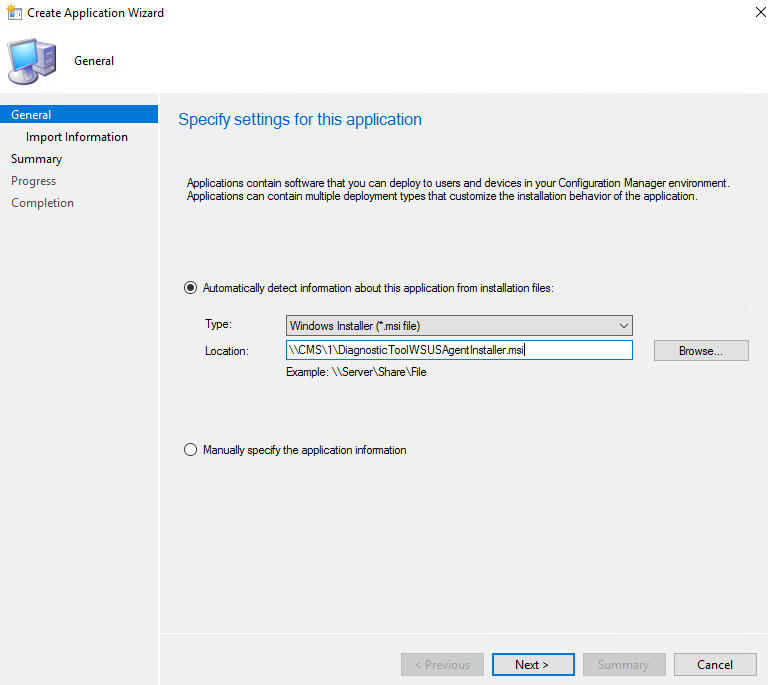
No need to modify other places, select Next to finish creating the application.
2)Next, select the newly created application, navigate to Deployment Types, and right-click Properties.
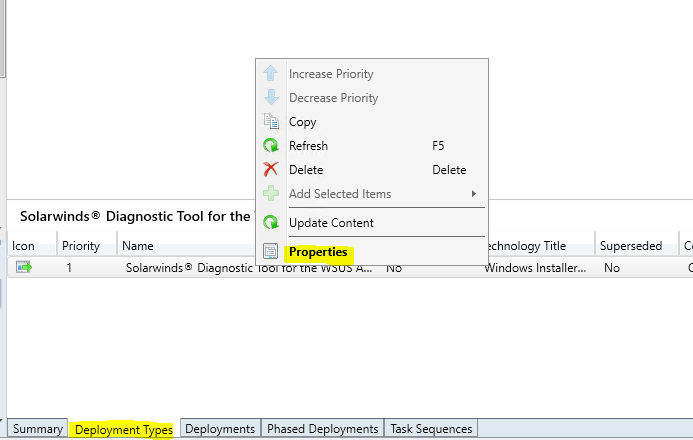
3)Under the Content tab, change the Uninstall content location through Browse to the installation path of the application on the machine.
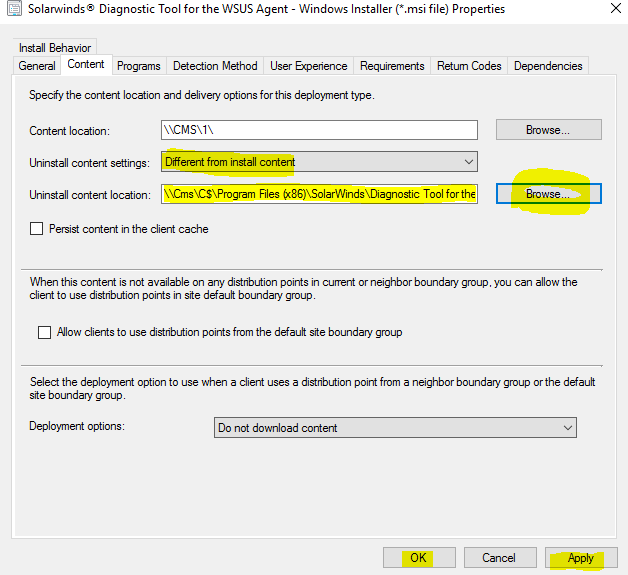
No need to modify other places.
4) Right-click the application to deploy it to the machine that needs to be uninstalled.
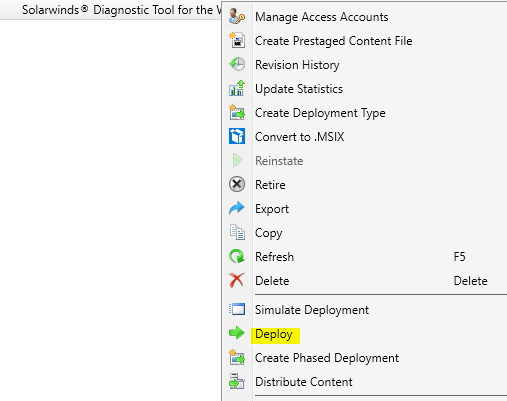
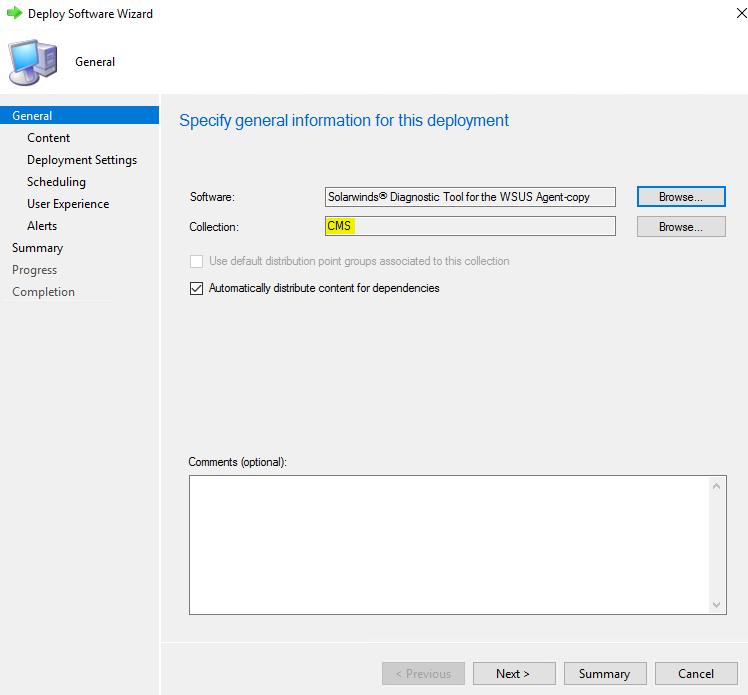
Select uninstall.
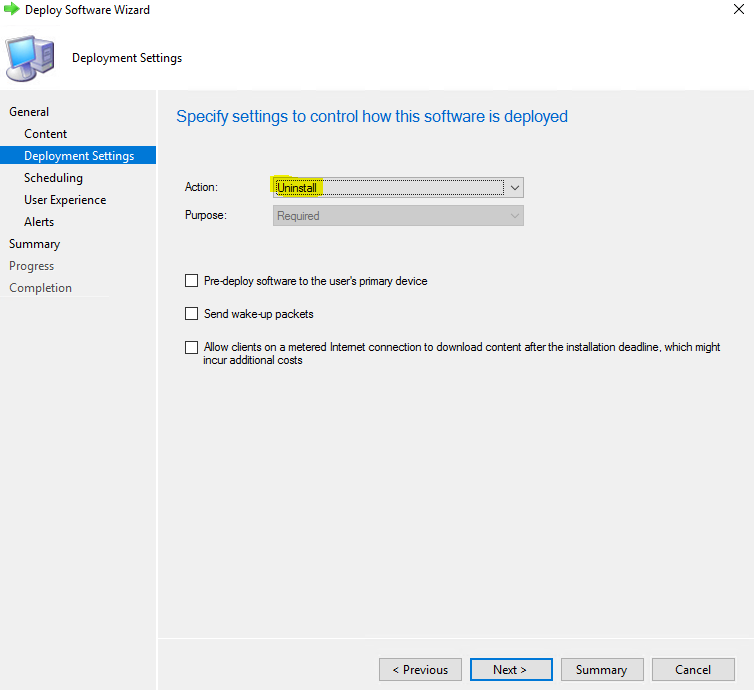
Complete the remaining configuration according to our needs, select Next to finish deployment.
5)After the deployment is completed, we may check PolicyAgent.log on the machine according to the Deployment ID to view the process of receiving the policy and uninstalling the application.

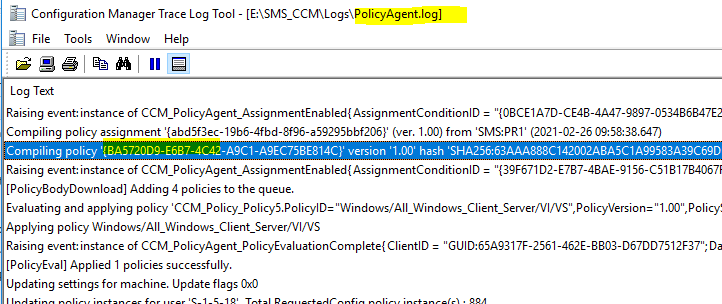
If the response is helpful, please click "Accept Answer"and upvote it.
Note: Please follow the steps in our documentation to enable e-mail notifications if you want to receive the related email notification for this thread.



